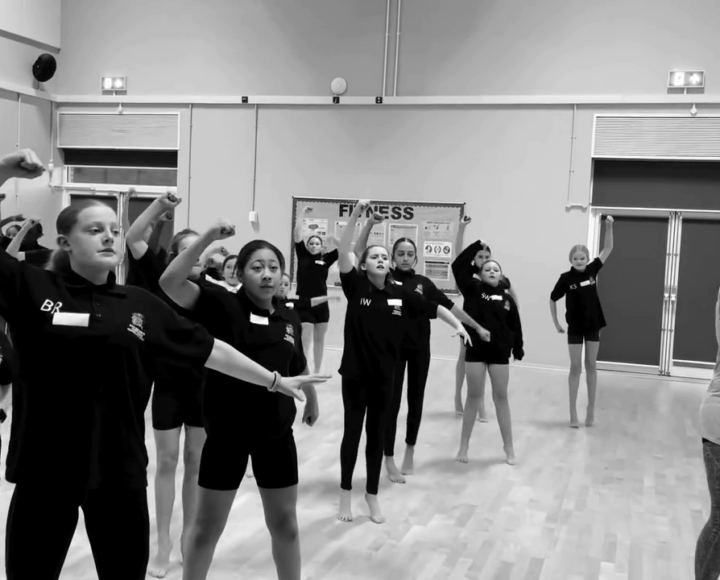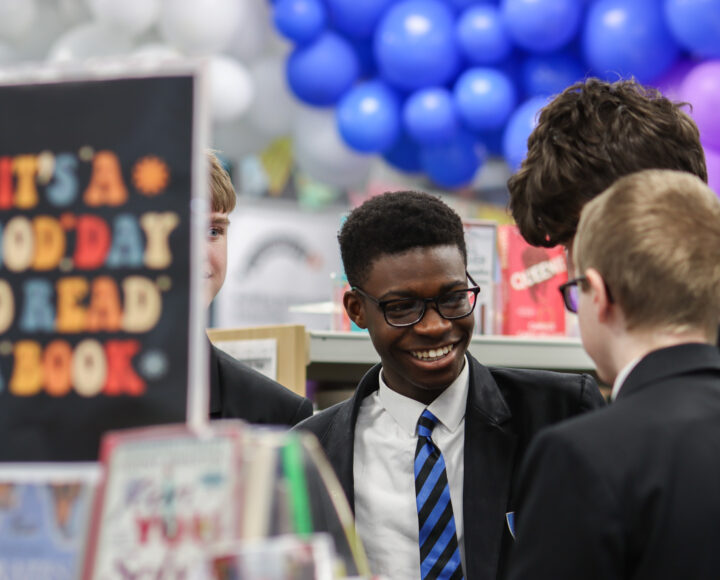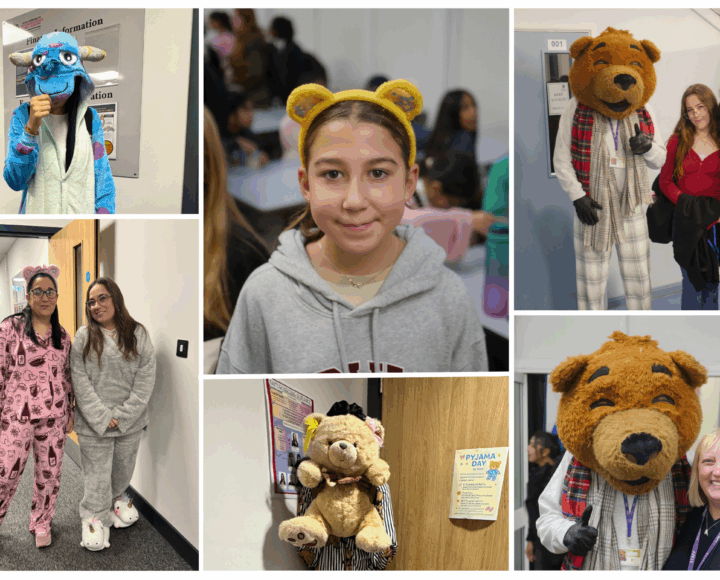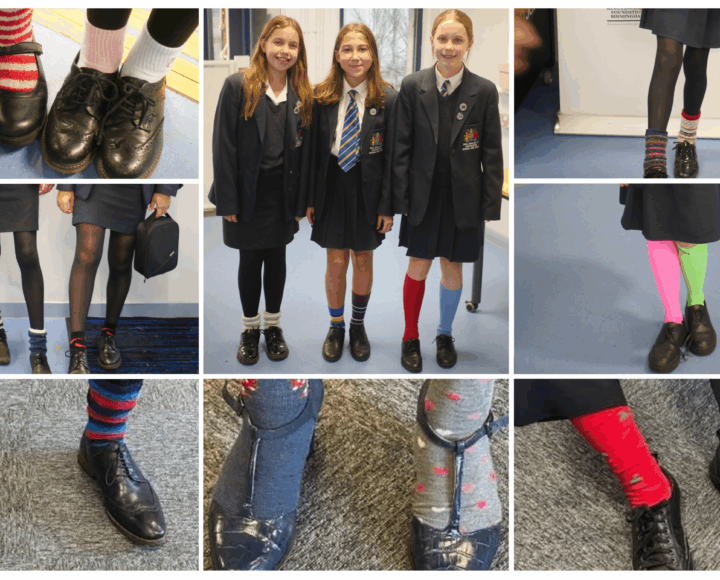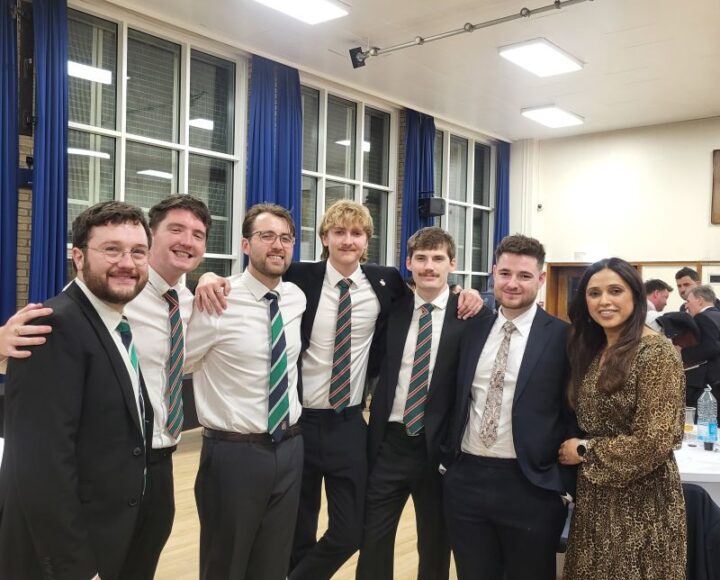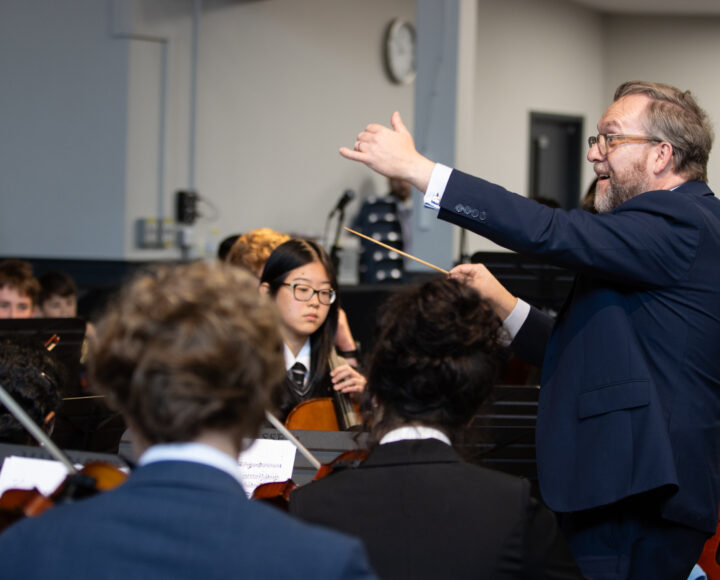It’s been a busy April in the Foundation Archive, with preparations well underway for the Platinum Jubilee celebrations. For many people, it is a time of thinking about what the monarchy means to them, which often include their experiences of the royals – in some cases, even first hand.
In 1955 Queen Elizabeth II and her consort, the Duke of Edinburgh, began a royal tour of the United Kingdom. The young Queen, only three years into her reign, began an extensive journey covering key sites in Scotland, Wales and England. In November, one of the key sites in Birmingham included the boys and girls schools of King Edward VI in Edgbaston, Birmingham.

To mark 70 years of our monarch’s service, we have decided to not only capture the thoughts and memories of those who saw the Queen on her visit to the school in 1955, but create a short video showing never seen before photos and film taken by the school on the day.
The first stage of this was to find out who was there and who might be willing to share their thoughts of the day. We had a fantastic response to the Development Office’s survey and 6 willing participants agreed to be filmed, talking not just about the Queen but their experience of King Edward’s School and King Edward VI High School for Girls and what their education led to.

As an archivist who is usually locked away with the old records, working as part of a film crew was an eye-opening experience. We picked the beautiful Boardroom in the Foundation Office (modelled on the original Boardroom when the school was situated in New Street) to film in as this has plenty of space. Setting up cameras and lights took well over an hour, and it felt very strange to be in front of the camera for testing sound and vision. Our cameraman, John, was invaluable, acting as director as well as working behind the lens.
Our Old Edwardians (OE’s) remembered many interesting stories from the day which we hope to incorporate into the video. We don’t want to give the best anecdotes away but we thought we would share a few highlights.
Our first interviewee of the day was Richard Temple-Cox, who was representing the Scouts on the day of the visit. He was one of the boys selected to be stationed at the end of the top corridor (outside Mr Kay’s Latin classroom). He remembers that despite being in a key position he never really saw the Queen – “we were too tall and she was too short! We stared down the corridor while this voice below us asked us questions on our badges…”.

Paul Matthews was part of the Combined Cadet Force who presented arms as the Royal cavalcade made its way down the drive also had trouble seeing the Queen as they had strict instructions from Sgt Major Moore (who was most notable for his growling voice and artificial hand) and Sgt Major Cotter to look straight ahead. Drill practice happed almost every day for a month during the lunchbreak before the big day to ensure that everything was perfect.
Some OE’s managed to capture more than a fleeting glimpse. Rosalind Miles remembers her class being marched out and put in position before the Queen’s arrival. She recalls the day vividly “The day itself dawned as inauspiciously as possible. It was pouring with rain. Real rain. None of your Shakespearian gentle stuff from heaven”. She managed to get to the front of the row and saw the Queen close at hand as she went past – she is the little girl on the far right of the photograph above, holding the Kodak Brownie camera.


Luckily, some managed to escape the weather and stay indoors. Geoffrey Purkis was part of the art exhibition, having worked closely with Bruce Hurn for weeks beforehand carving a wooden penguin. For this project, Geoffrey remembers that he borrowed pictures from the library at the centre of Birmingham in order to carve the penguin as accurately as possible. He still has the finished piece and very kindly brought it with him on the day of the interview. You can see the penguin in its original position on the day in this picture on the far right of the table, compared to its current state today.
Alistair Papps was another boy stationed with his artwork waiting for the Queen’s arrival. “I had made a very ugly woodwork tray in the art department and on the strength of this I was asked to join the exhibition”. He was approached by the Duke of Edinburgh who asked him not only about the tray he made but the black eye he was sporting on the day – for the full story you’ll have to watch the video when it is put online in June!
Roger Ellis was in the Chapel for the entirety of the Royal visit as part of the chapel choir under Dr Willis Grant. Rehearsal of William Byrd’s ‘O Lord, make thy servant Elizabeth’ had been ongoing for weeks beforehand. Interestingly Byrd joined Queen Elizabeth I’s Chapel Royal in 1572, and probably wrote this anthem a few years later. Its text comes from Psalm 21 but was customised to address Elizabeth by name. Following the queen’s death in 1603, the words of the anthem had to be changed to match the name of each succeeding monarch; but since 1952, by pleasing coincidence, Byrd’s original text is once again relevant.
“I was very excited and nervous when the big day came” remembers Roger “as we were singing the Queen came and walked past. I was so mesmerised by the sight of this amazing person, that as I bowed, I kept my head up so I could see her face as she went past. I was very impressed by her youthfulness”

Bottom left: Geoffrey Purkis, Bottom middle: Paul Matthews, Bottom right: Richard Temple-Cox
All in all, we had a fabulous few day’s reminiscing about the school and the experiences of the OE’s. These thoughts and memories are not only going to be included in the jubilee video which will be posted on the Foundation website in June, but forms part of our oral history project which will be stored in the archive for future generations to enjoy. If you would be interested in learning about this project or more about the archive, please feel free to contact the archivist, Charlotte Gallant by emailing [email protected].
Charlotte Gallant, Archivist
